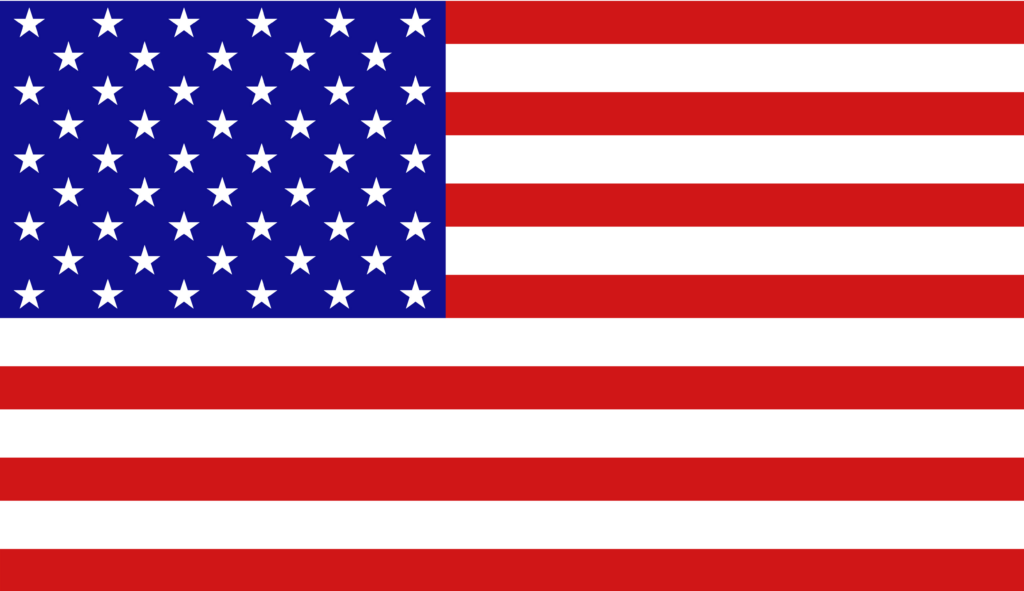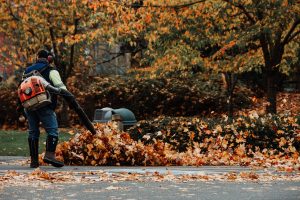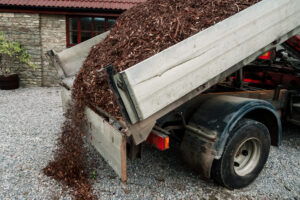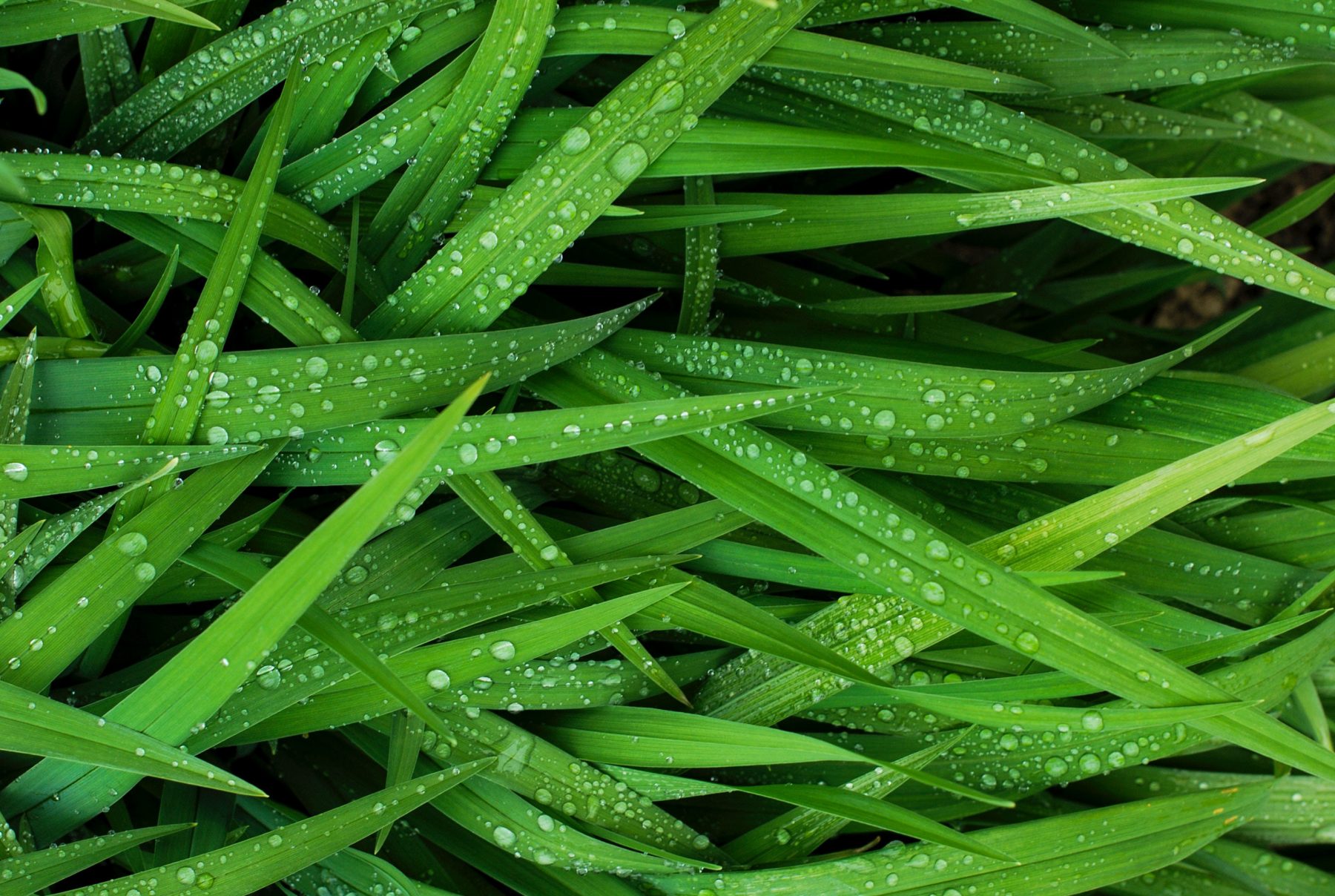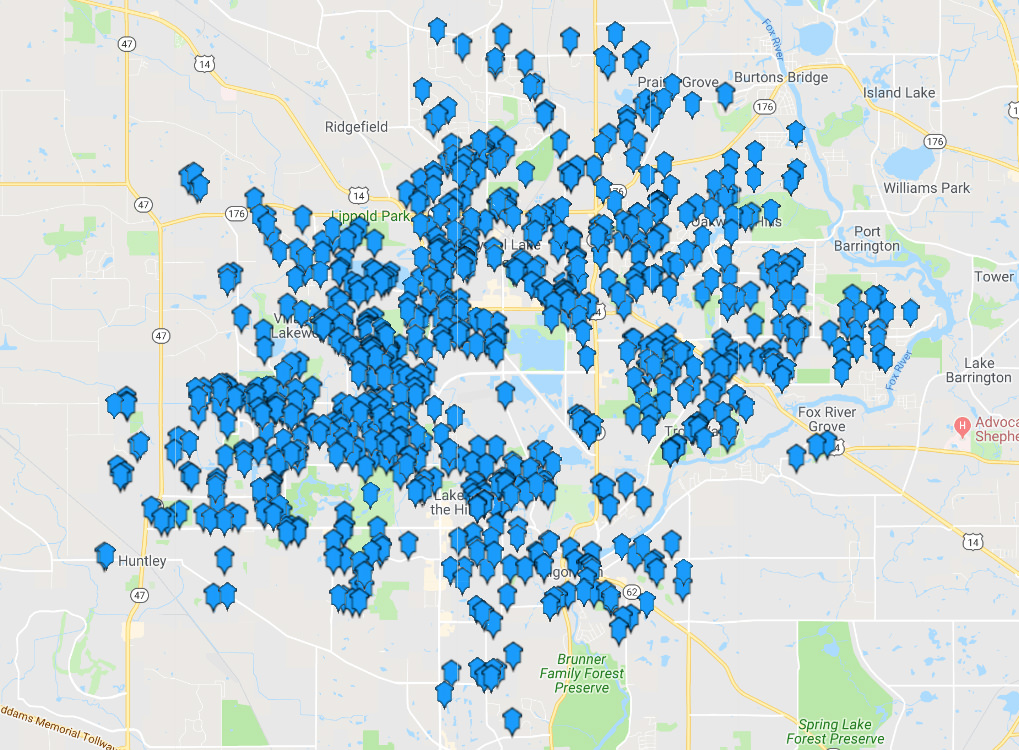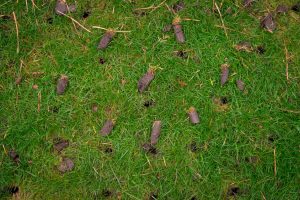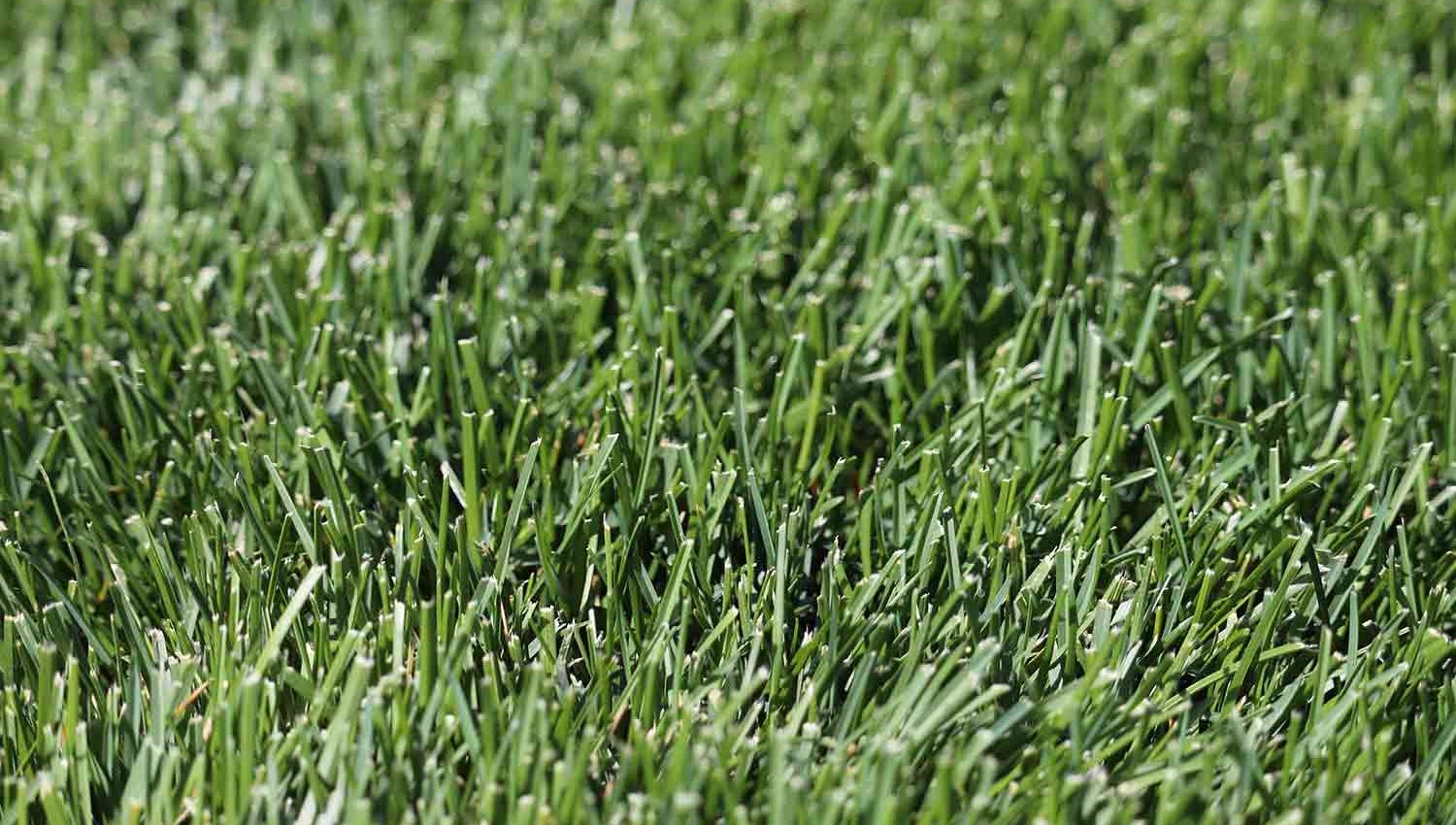
Grass Identification Guide For Illinois
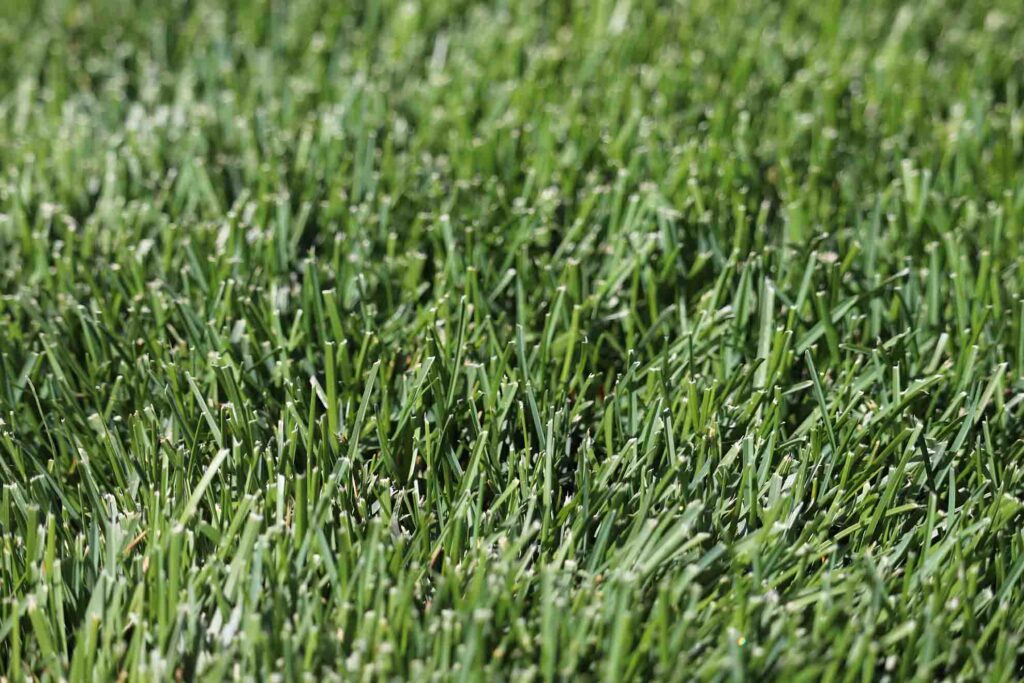
Kentucky Bluegrass
Info About Kentucky Bluegrass
Without question, Kentucky bluegrass is the most popular turf choice in Illinois and the majority of the United States. The name of this grass comes from its dark green leaves that are often described as having a bluish hue in certain lighting. Kentucky bluegrass is beloved for its quick recovery time and soft texture, but this grass type will require a good deal of maintenance to keep it so soft and lush. As Kentucky bluegrass does not respond well to either shade or drought conditions, it is often blended with other cool-season grasses.
Attributes:
- Thrives in sunlight
- High water use
- High nitrogen use
- Moderate drought tolerance
- Folded leaf shape
- Optimal height: 2.5 - 3 inches
- Medium cold tolerance
- Aggressively fast growth rate
- Moderate-to-high thatch buildup
- Boat-shaped tips
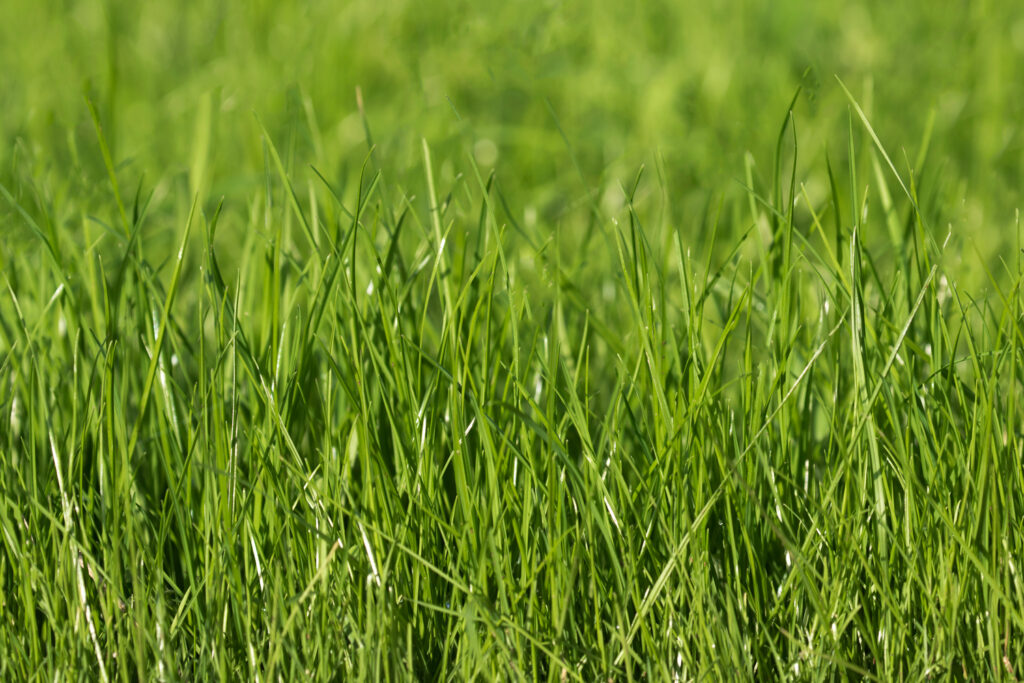
Perennial Ryegrass
Info About Perennial Ryegrass
Perennial ryegrass is another common grass type found in lawns across northern Illinois. It is a bunch-type grass, meaning it only grows upward in clumps instead of outward via underground rhizomes like Kentucky bluegrass. This makes perennial ryegrass a popular option for overseeding, especially when combined with bluegrass seed in order to optimize growth and coverage. Ryegrass is most commonly identified by its shiny, darker green leaves that can be fine-to-medium in texture.
Attributes:
- Thrives in sunlight
- Moderate-to-high water use
- Moderate-to-high nitrogen use
- High drought tolerance
- Folded leaf shape
- Optimal height: 1.5 - 2.5 inches
- High cold tolerance
- Extremely fast establishment rate
- Resistant to thatch buildup
- Pointed tips
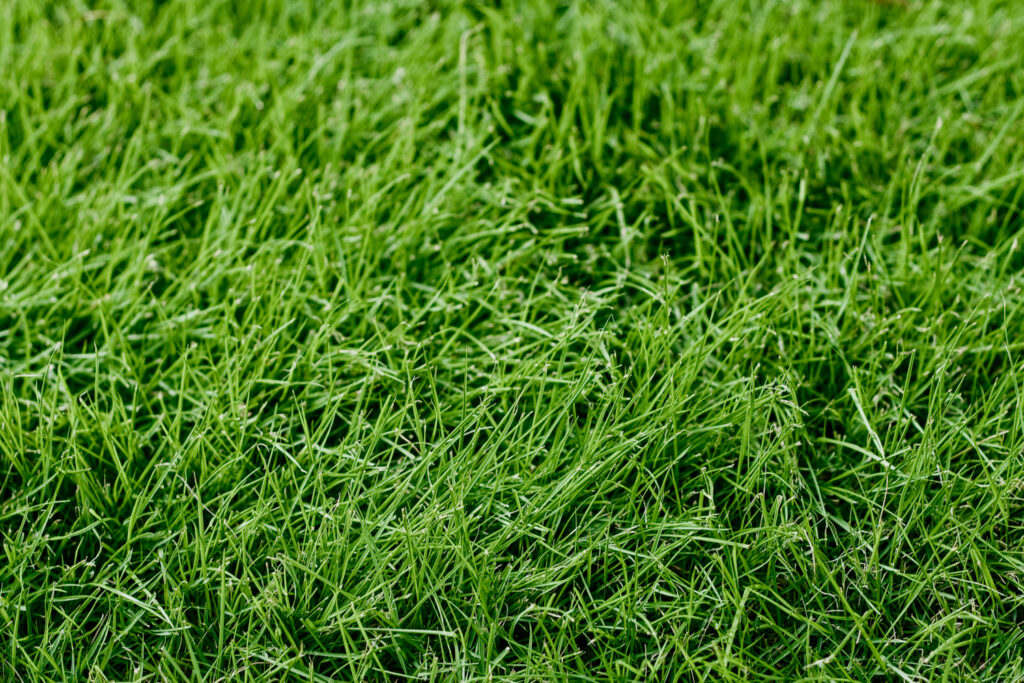
Tall Fescue
Info About Tall Fescue Grass
This is perhaps the most versatile and adaptable grass you will find in Illinois, so much so that it can be found in the colder northern parts of the state and the warmer southern parts of Illinois. Traditional tall fescue has a coarse texture and light green color, but it is often mixed with other fescues to give it a more deep emerald color and a softer texture. Tall fescue has medium-sized blades that grow in a very dense, bunch-type manner. Though tall fescue will require more frequent mowings and maintenance, it is the most resilient and long-lasting cool-season grass.
Attributes:
- Excellent shade tolerance
- Low water use
- Moderate-to-high nitrogen use
- High drought tolerance
- Rolled leaf shape
- Optimal height: 3 - 4 inches
- Medium cold tolerance
- Excellent wear & traffic tolerance
- Resistant to thatch buildup
- Pointed tips
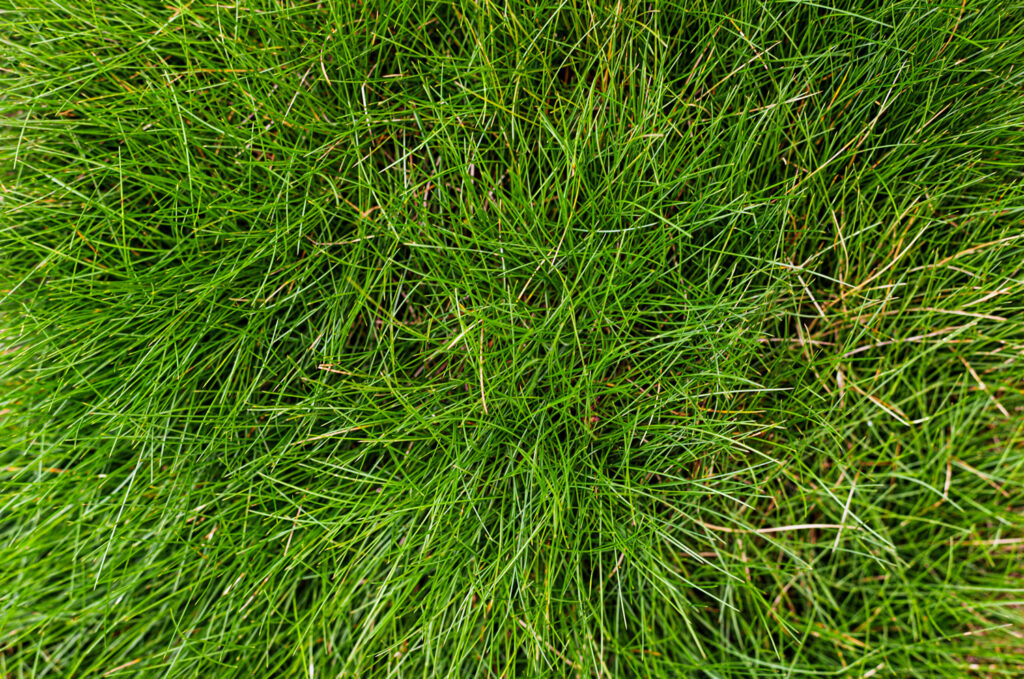
Fine Fescue
Info About Fine Fescue Grass
Made up of several fescue types, fine fescue is softer and requires much less maintenance than tall fescue, with leaves that are narrower and darker than tall fescue. Though it is typically a bunch-type turf, certain fescue types that may be present in fine fescue do spread via rhizomes, meaning that some fine fescues can spread in a variety of ways. Fine fescue is a great choice for properties that are heavily shaded from sunlight, as this is the most shade-tolerant cool-season grass. Though it is not the best at recovering and repairing itself, fine fescue is quite adaptable to a variety of climates and temperatures, and homeowners appreciate its attractive and even growth.
Attributes:
- Excellent shade tolerance
- Moderate water use
- Low-to-moderate nitrogen use
- High drought tolerance
- Folded leaf shape
- Optimal height: 1 - 3 inches
- Moderate-to-high cold tolerance
- Poor wear and traffic tolerance
- Somewhat resistant to thatch
- Pointed tips
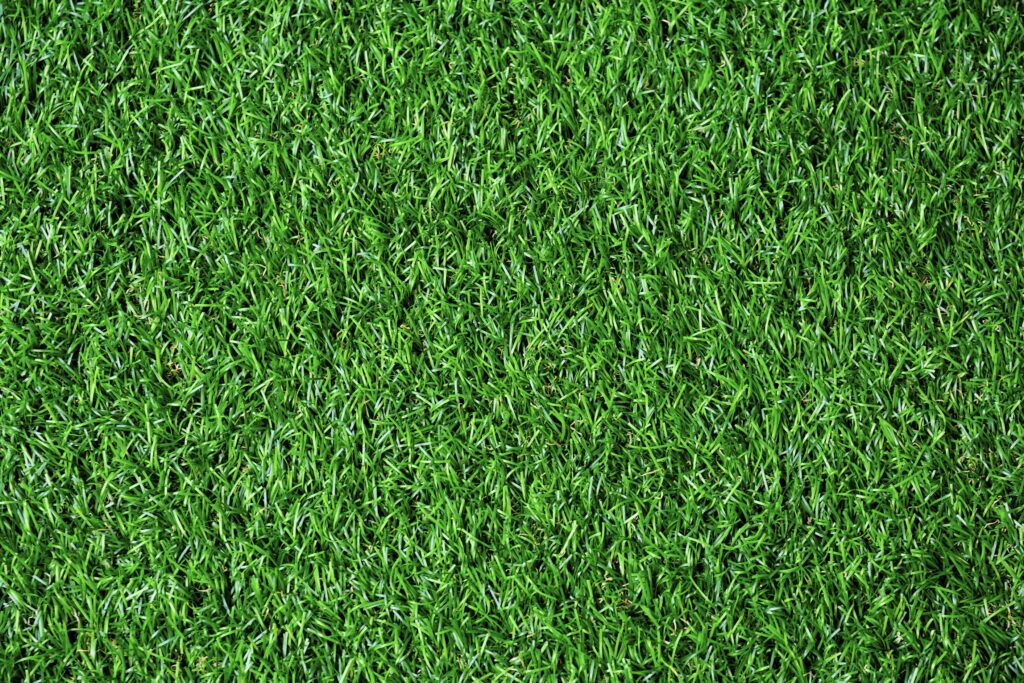
Colonial Bentgrass
Info About Colonial Bentgrass
The closely related creeping bentgrass is often viewed as a harmful weed, but there are practical uses for bentgrass. Most famously, colonial bentgrass is used on golf greens because of its very fine grass blades and tolerance to low mowing. This grass spreads outward via rhizomes in the soil, and the leaf blades are light green, soft, and grow densely. Colonial bentgrass may not be the most common grass type among residential properties, but it can be a good option for lawns that experience frequently moist, cool conditions.
Attributes:
- Moderate shade tolerance
- Moderate-to-high water use
- Low nitrogen use
- Poor drought tolerance
- Rolled leaf shape
- Optimal height: 1 inches or less
- Low cold tolerance
- Fast establishment rate
- Very prone to thatch buildup
- Pointed tips
Start Your Quote Today! Getting Started
Get your weekend back & simplify your life this season. Trust Elite Lawn Care for your Lawn Care, Landscaping & Snow Removal needs.
-
1Choose Your ServicesChoose the services your property needs throughout the year.
-
2Set Up & Finalize Your AccountFill out the form & one of our team members will contact you.
-
3Discover The DifferenceServices are automatically scheduled, completed & billed.

